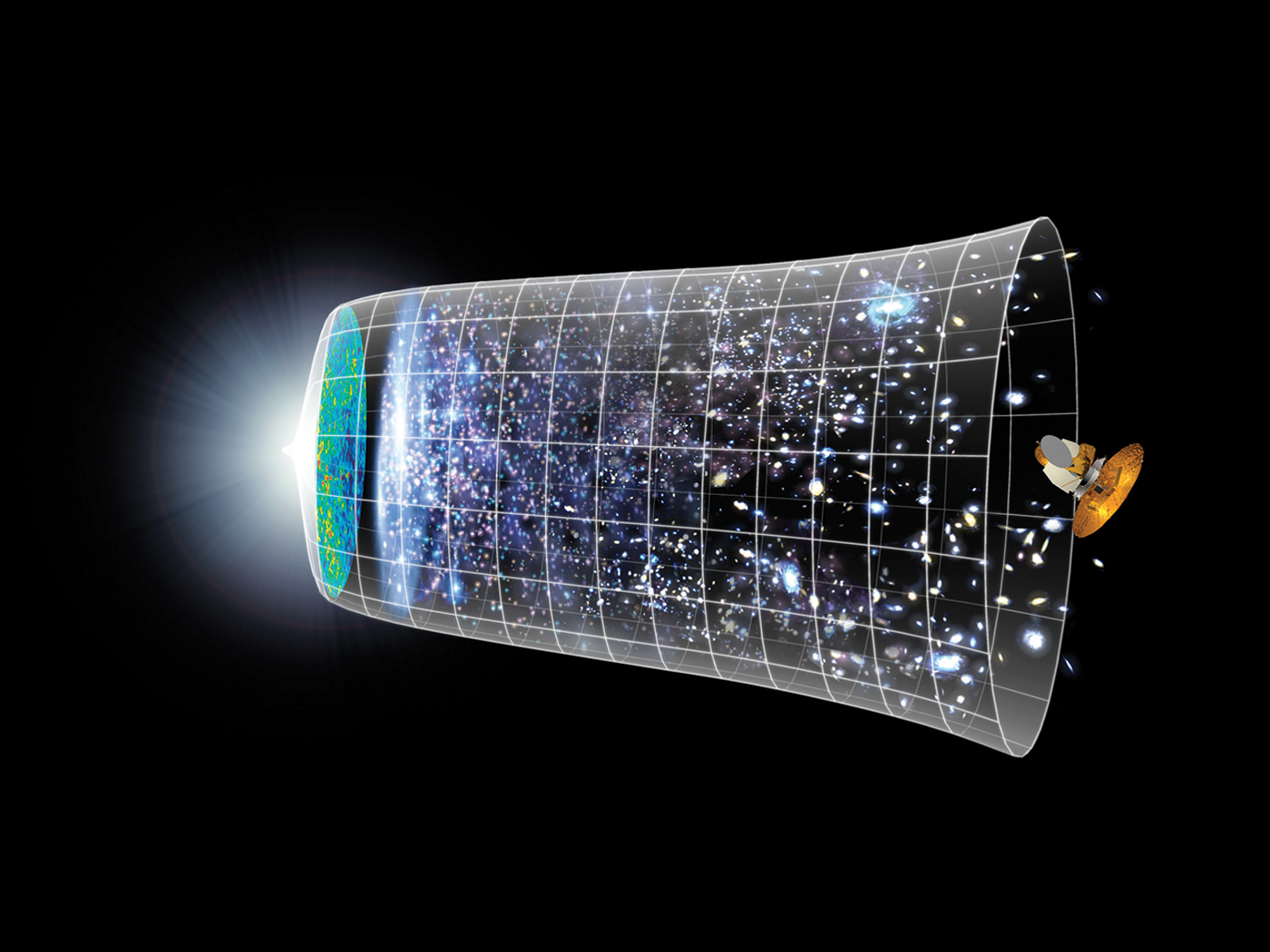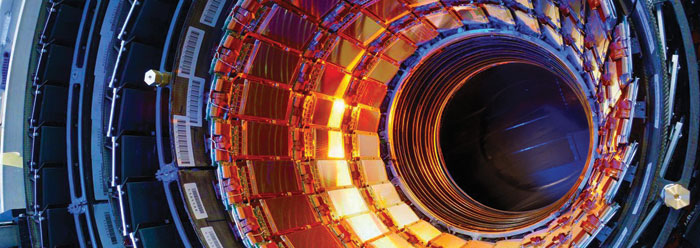Researchers were able to find 126 unique proteins from a frozen wooly mammoth in the first ever "shotgun sequence" of fossil protein content.1
The same team confirmed similar but fewer proteins in a Columbian mammoth fossil found in a temperate, not permafrost, climate. They said that the frozen wooly mammoth was 43,000 years old, but this is impossible to reconcile with the integrity and array of the discovered proteins.
A small international team analyzed the mammoth bones and published their findings in the Journal of Proteome Research.2 They used "the world's fastest and most sensitive ion trap mass spectrometer," according to the product's website.3 Older versions of similar technology could only detect large amounts of proteins, but this new machine is able to accurately identify small amounts.
The result was an unprecedented array of proteins, including serum albumin, which plays the essential role of transporting hormones in animals. Most of the proteins were actually fragmented but digitally stitched together to reconstruct their original forms.
North Carolina State University paleontologist Mary Schweitzer, who discovered a few intact proteins in ancient dinosaur fossils in earlier studies, told science news site ProteoMonitor, "The discovery and sequencing of proteins other than collagen is a major advancement to the growing field of 'paleoproteomics' [the study of ancient proteins]."4
Schweitzer and a host of colleagues sequenced dinosaur proteins that included collagen, elastin, and laminin, even though dinosaurs are considered to be millions of years older than mammoths.5 Scientists know that such proteins exist in the spaces between cells, like in bone and connective tissues. But Schweitzer's team had used the older detection technology, and paleontologists now want to try this newer equipment on more samples in the hopes that it will reveal even more protein sequence information.
But in the process of reconstructing ancient proteins, this research is inadvertently uncovering evidence that these animal remains are not nearly as old as some say they are.
Decay rate studies have clearly shown that proteins disintegrate after only a few thousand years. For example, one study by ancient protein expert Jeffrey Bada compared the collagen protein inside modern seashells with fossil seashells deposited during the Ice Age. It showed, based on an assumed 10,000-year-ago Ice Age, that collagen cannot last longer than 30,000 years.6 But if he had assumed a biblically consistent Ice Age of 4,000 years ago instead, then the resulting extrapolation would shrink to even less time than 30,000 years.
Similarly, a 1959 study estimated protein decay rates by comparing the amount of water that ancient proteins of known age were still able to absorb with amounts that fresh protein could absorb.7 It also showed a shelf-life for protein of only a handful of millennia.
So, scientists know full well that collagen protein should no longer exist in any sample that is 43,000 years old. And the problem is even more severe for other, less resistant proteins. For example, while collagen doesn't dissolve in water, albumin does. And water dramatically accelerates the decay of biomolecules, causing "hydrolytic" and "oxidative" damage.
The researchers reporting on the mammoth proteins wrote, "Strong evidence was observed of amino acid modifications due to post-mortem hydrolytic and oxidative damage."2 In other words, they captured these proteins in just the state of decay that one would expect to find them in if they were only about 4,000 years old, a figure consistent with the biblical record of early earth history.
References
- Shotgun sequencing involves digitally reconstructing the protein sequence by comparing the sequences of multiple, overlapping protein fragments.
- Cappellini, E. et al. Proteomic Analysis of a Pleistocene Mammoth Femur Reveals More than One Hundred Ancient Bone Proteins. Journal of Proteome Research. Published online before print November 21, 2011.
- Thermo Scientific LTQ Orbitrap Velos product description. Accessed on thermoscientific.com January 4, 2012.
- Bonislawski, A. Proteomic Analysis IDs More Than 100 Proteins in 43,000-Year-Old Woolly Mammoth Fossil. ProteoMonitor. Posted on genomeweb.com December 16, 2011, accessed January 4, 2012.
- Thomas, B. Hadrosaur Soft Tissues Another Blow to Long-Ages Myth. ICR News. Posted on icr.org May 12, 2009, accessed January 4, 2012.
- Bada, J. L., X. S. Wang and H. Hamilton. 1999. Preservation of key biomolecules in the fossil record: current knowledge and future challenges. Philosophical Transactions of the Royal Society B: Biological Sciences. 354 (1379): 77-87.
- Burton, D., J. B. Poole and R. Reed. 1959. A New Approach to the Dating of the Dead Sea Scrolls. Nature. 184 (4685): 533-534.
* Mr. Thomas is Science Writer at the Institute for Creation Research.
Article posted on January 10, 2012.




















